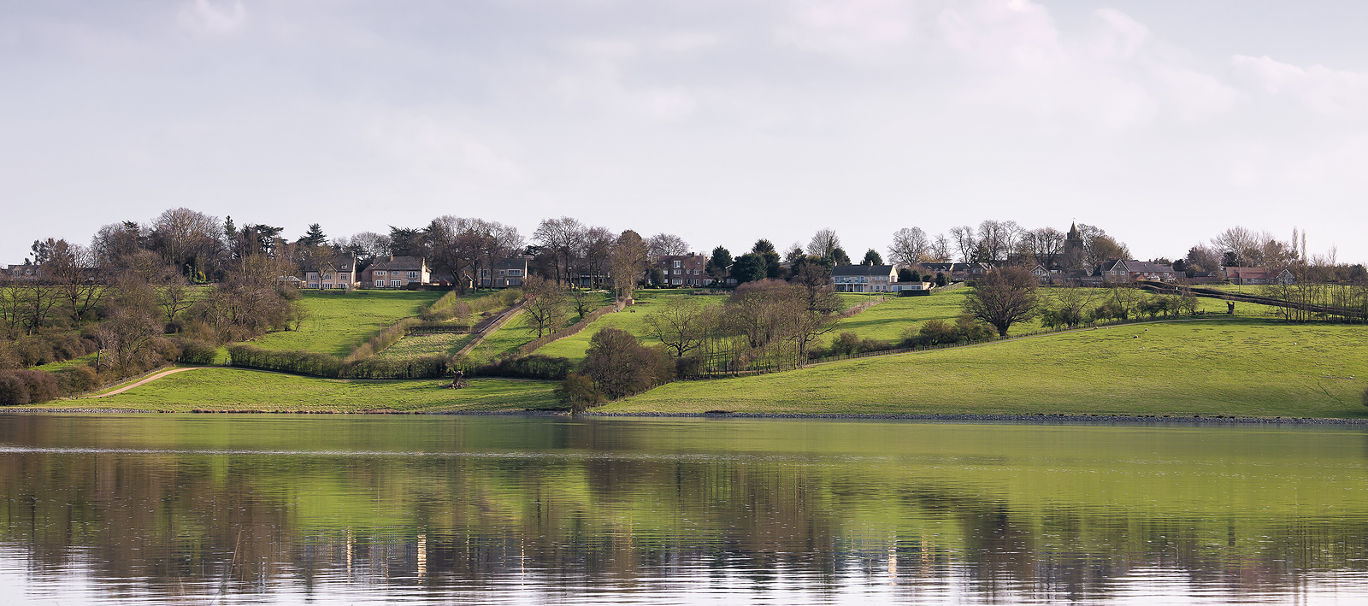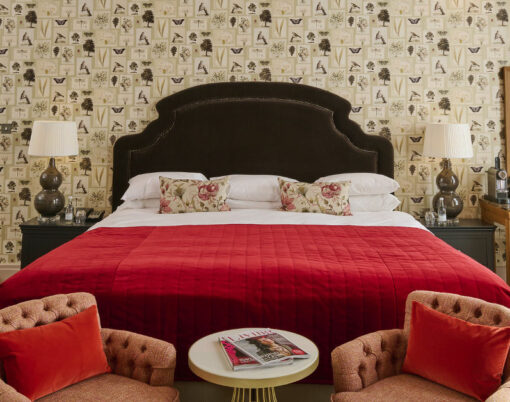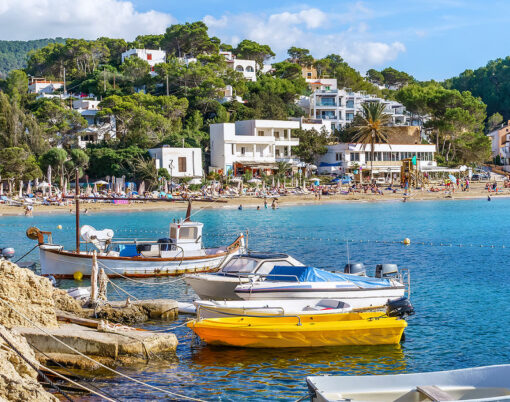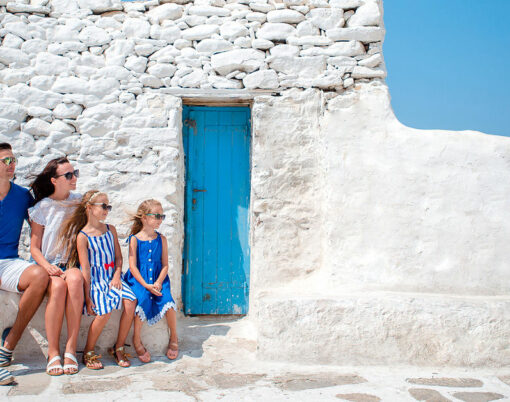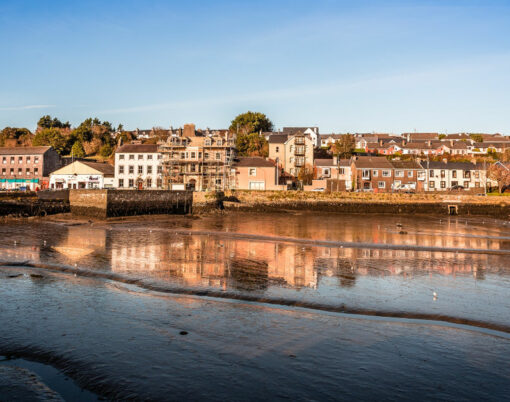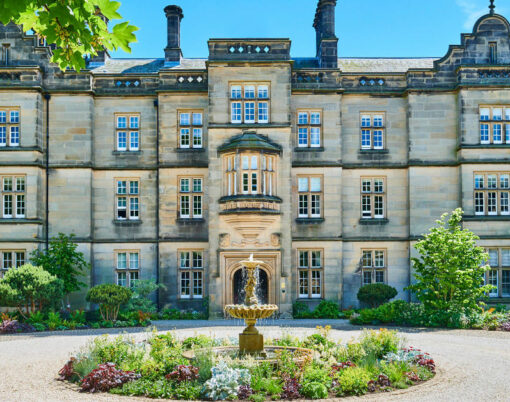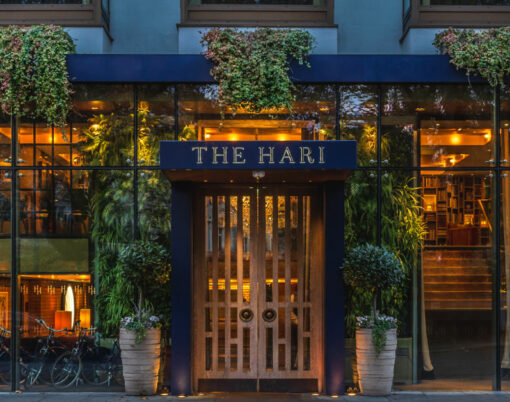What if I told you that the idyllic, seemingly-unattainable country weekend you’ve always dreamed of – scenic woodland walks followed by Michelin-guide quality food and decadent wines in front of a roaring open fire – really does exist? And, that you can find it less than one hour by train from King’s Cross? Yep, forget crawling down to the Cotswolds in that long, slow-moving procession of Range Rover Sports and Land Rover Discoveries sometimes, laughingly, called the M4.
Hop on the train north instead to Peterborough — but don’t worry if you’ve heard it called ‘the worst place to live in Britain’ (rather unfairly, I think; have they never been to Dartford?). Because we’re not stopping in Peterborough itself. We’re here to explore the luscious countryside, luxury hotels and delicious food that all lie within just a few miles of the station.
Too far east to be the Midlands, and too far west to be called East Anglia, the area around Rutland tends to fall between two stools. But that lack of a catchy-sounding name with which to describe it does give the region one distinct advantage. It means it hasn’t been spoiled — at least not yet — by hordes of tourists stumbling around in search of ‘ye olde English afternoon tea’, or by anything that resembles a genuine country pub being turned into yet another branch of Soho House.
Without further ado, we’re going to look at the best places to eat, drink and explore in and around Rutland, before a coach party of Anglophiles from Wyoming, or a Defender full of TV producers from Ladbroke Grove, ruins it all.
Where to stay, and eat
The Finch’s Arms
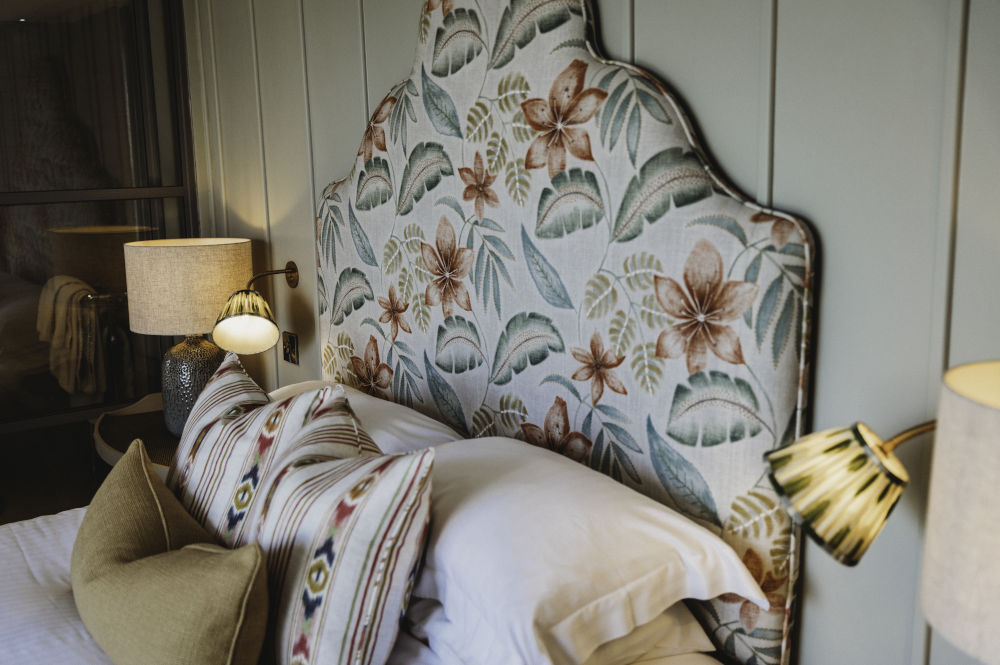
Don’t let the car-park crammed full of German SUV’s, Porsches and the odd Italian supercar put you off. This 17th century country inn nestled in picturesque Hambleton Peninsula (apparently one of the most expensive places to live in the UK) is a rare find. Now a boutique five-star AA rated hotel with a two-rosette restaurant, it’s already becoming a magnet for well-heeled locals who appreciate the Finch’s offering of luxury rooms and fine dining without the airs, graces and stuffiness of a traditional country house hotel.
The Finch’s ten bedrooms have recently been renovated and the input of a tasteful interior designer into the project is definitely noticeable. Decorations are smart and modern but understated. Subtle floral print headboards, neutral wall colourings and muted design accents give it a confidently chic, but not chi-chi, vibe.
I stayed in room three which boasted a huge balcony overlooking the terrace below and across to the wetland nature reserve on the shores of Rutland Water, England’s largest (by surface-area) reservoir. Thoughtfully, a pair of Praktica binoculars had been placed on the bedside table in case I fancied spotting one of the local Ospreys or other birds of prey who make this nature reserve their home.
The ensuite bathroom, with toiletries by Bramley, was a glass-walled affair meaning the shower and roll-top bath could be seen from the bedroom (although the toilet was in a private section). It’s not really my thing but I did check other bedrooms and it seems that more discreet bathrooms (i.e. with good old-fashioned solid walls) are available, should you prefer.
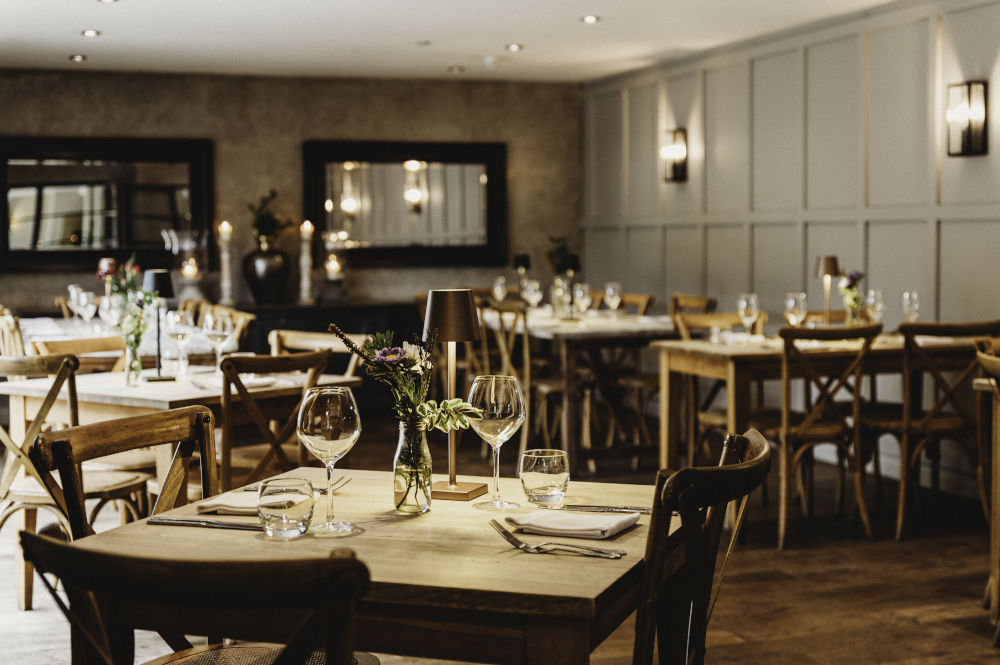
Downstairs, the restaurant is divided into two areas, well, three, if you count the outside seating; we didn’t — it was November and raining. The bar area has tables in a relaxed country pub style which are ideal for supping pints or downing cocktails in front of the log fire. Here, dogs lay stretched out after accompanying their owners on five mile walks around the peninsula (it’s a further 23 miles if you want to go right round the reservoir). This leads out to an elegant, slightly more formal but still welcoming dining room with views, once again, out to water. Both areas share the same kitchen and menu though, and quite the menu it is.
Mid-week there’s a set lunch and dinner available which is good value at £26 for two courses or £30 for three. Being a Saturday, I chose an à la carte lunch beginning with a delicate salmon mosaic served with salmon caviar and squid ink tuile (£10). My main course came from their ‘Pub Classics’ range: three plump and delicious venison and mustard sausages with pomme purée, red cabbage and red wine gravy – ridiculously good value at £15.
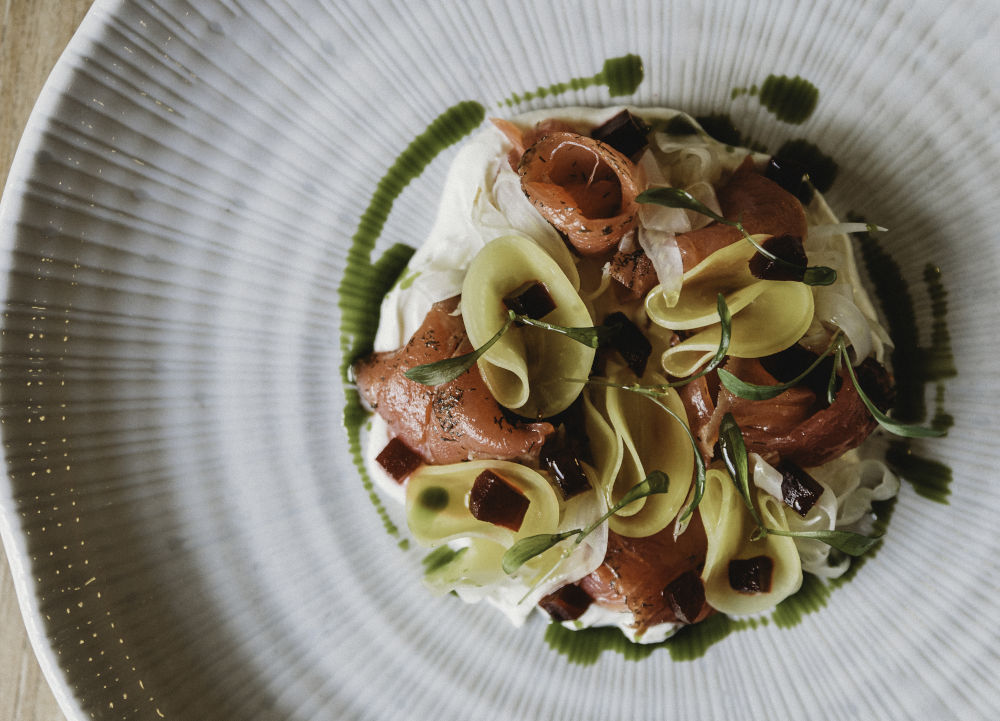
There’s a lot of venison on the menu, as befits a proper country dining room. Finch’s buy whole deer from the same local supplier as to the Duke and Duchess of Rutland at nearby Belvoir Castle. Desserts were of the good old nursery comfort variety and I had trouble deciding between a sumptuous sticky toffee pudding with butterscotch sauce or a cherry Bakewell tart with Amarine cherries – both served with ice-cream, as they should be, and both excellent value at £8 and £7 respectively. However, the chocolate espresso martini I had instead was so dreamily indulgent it was a dessert in itself.
Pleasantly sated, it was time to get booted: Finch’s keep a stock of Wellington boots in various women’s and men’s sizes at reception which guests are free to borrow. The Hambleton Peninsula circular walk begins just a few yards from Finch’s doors and takes about two hours.
The vibe at Finch’s is tastefully relaxed with none of the olde-worlde pretension of Hambleton Hall across the road which, with its Michelin star, apparently used to be the de facto venue locally for dinner and drinks de luxe. Like a well known TV presenter whom, we discovered, was also staying at Finch’s that weekend, we were all turned away from the Hambleton Hall’s cocktail bar after our walk. “Closed to non-residents tonight, sir, as we’re too busy”, said the snooty waiter, guiding us back out past the only four other customers in the spacious bar. We all scuppered back to Finch’s where a roaring fire, a friendly welcome and some seriously fine food greeted us.
Haycock Manor Hotel
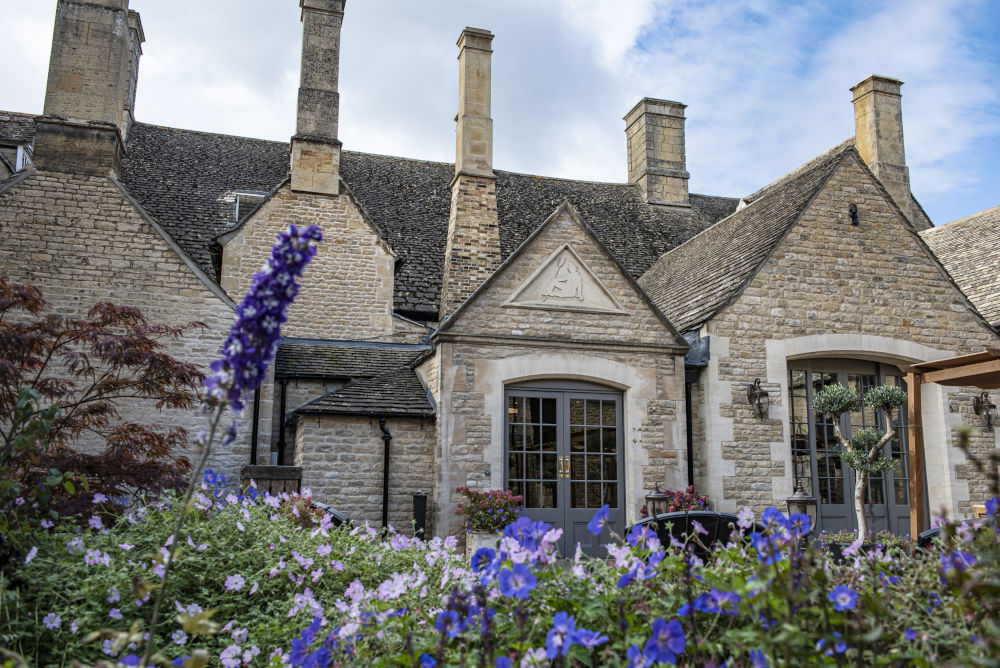
As pretty as anything you’d find in the Cotswolds, this small village just off the A1 is often referred to as ‘Wansford-in-England’. The name derives, as English places often do, from folklore: a local man fell asleep on a hay bale – or haycock, from whence our hotel takes its name – and woke up floating down the river. Not knowing how far he’d travelled, he asked someone on the riverbank where he was. When the reply came back “Wansford”, the man asked, “Wansford in England?”.
To be fair, the question was probably a bit superfluous: you couldn’t find a more quintessentially English-looking village if you tried. Thatched cottages, a picture-postcard church and horses grazing on the meadows as the River Nene twists and turns its way through the Constable-esque landscape; Wansford ticks just about every box on the ‘bucolic Britain’ list.
Just over the bridge, the Haycock Manor Hotel is, viewed from the front, a rather grand looking coaching inn. Starting its life in 1571 as The Swan Inn, it was once the stopping place of Mary Queen of Scots on her way to be executed at nearby Fotheringhay Castle. Since then, its guests have enjoyed more positive outcomes to their stays and I noticed in its record books that recent visitors to the Haycock have included Princess Diana, Freddie Mercury and the England football squad (well, maybe not quite so positive after all!).

I stayed in a classic double (room 300) in the hotel’s Garden Wing. A wall of portes-fenêtres gave out to a private terrace which overlooked, unsurprisingly enough, the hotel’s walled garden, elegantly furnished with topiary and ornamental plants.
The room itself was bijoux but plenty big enough for a weekend. The king sized bed was comfortable and American walnut furniture lent the place a sophisticated ‘ocean liner’ air. Coffee and tea (from PMD Teas) making facilities are included as well as a decently sized 4K TV, complete with Sky Movies and Sports channels, which was angled for watching in bed.
The bathroom came stocked with toiletries by Noble Isle and possibly the most effective shower and intuitive control for it I’ve ever seen. It may sound strange but when you’re constantly staying in different hotels, you begin to grow tired of trying to work out how each shower works without either scalding or freezing yourself to death.
The hotel offers two dining options, both of which are popular with locals, so booking is recommended. The first is a more casual affair, Haycock Kitchen, which offers a menu divided into Preludes, Intros, Choruses and Outros. I couldn’t find an obvious musical connection to the place so I’m not sure why they didn’t just call them starters, mains and desserts; but anyway, roll eyes and move on.
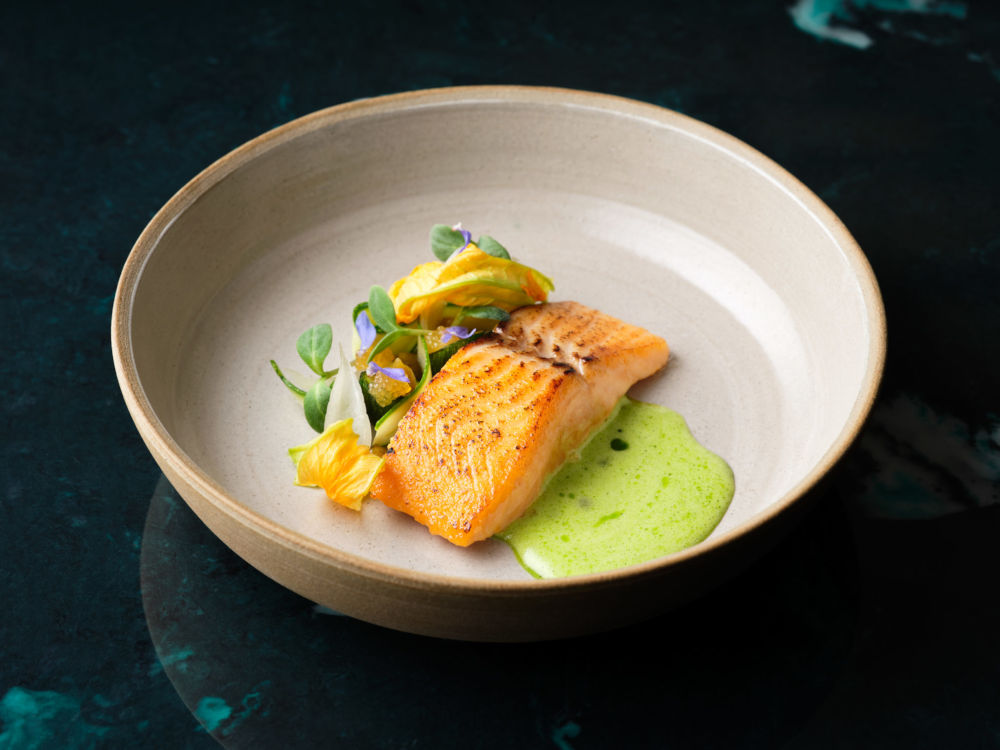
The other dining venue, Prevost @ Haycock, is a much more fancy and serious affair – thankfully devoid of kitschy menus – where the only options are a five- or eight-course tasting selection by executive head chef, Lee Clarke. Lee is a respected chef whose name gets a mention in the Michelin guide and his cooking has been described by Hardens as ‘innovative, very enjoyable and good value for the level of cooking and service’.
Now, I’m not a lover of tasting menus as they are often an excuse for the chef to show off how clever they are rather than concentrating on satisfying the diner. Many’s the time it’s taken longer for the waiter to explain what’s on my plate, than it has for me to eat it. Style over substance in its purest form. So when we were shown to our table inside a 20 foot high gilded birdcage, I began to fear the worst.
Prevost, however, proved to be the exception to my rule. I chose the eight course version (£95) where dishes such as roasted Orkney scallop with butternut squash and crispy kale, and truffle crumpet with Norfolk Mardler cheese, chorizo and pear, were an absolute delight. None of your ‘emperor’s new clothes’ nonsense; this was fine dining for the customer’s delight, not the chef’s ego – and served in reasonable portions too.
A wine pairing (£85) served by a knowledgeable and attentive sommelier called Theresa (is it me or do the best sommeliers these days always seem to be women?) rounded the meal off perfectly.
Where to have Sunday lunch
The Chubby Castor
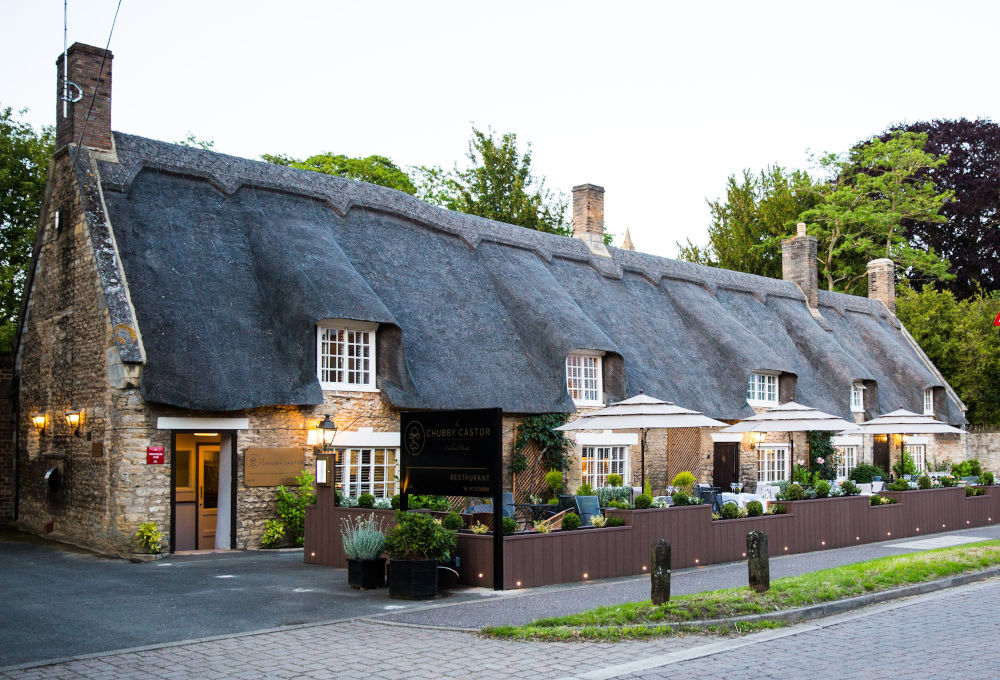
Adebola Adeshina, who hails originally from Lagos, has worked at some of the finest eateries in London under Gordon Ramsay, Marcus Wareing and Phil Howard, and the pedigree shows. Chubby Castor, which he opened just five years ago in a small village just west of Peterborough, has already earned itself three AA rosettes plus a Bib Gourmand, Michelin’s award for high quality, good value cooking.
The restaurant is situated in a Grade II listed cottage, albeit an extremely large one – formerly the Fitzwilliam Arms pub. And, whilst its elegantly refined dining room still offers what you’d call British/European cuisine, Ade often incorporates subtle elements of his Nigerian heritage into dishes, such as using moin-moin in the Lobster pithivier. It’s one of the eight courses on his tasting menu (£105) which is available with a highly competent wine pairing (£70 standard / £125 premium).
Many locals come just for his superlative Sunday roasts (£60 for three courses) but, with my aversion to tasting menus slowly subsiding after my enjoyable visit to the Prevost, I was up for the full eight course experience.
I say eight but the bread served before the main event was a course in itself. The Chubby makes its own and specialises in various kinds of brioche. Today’s flavour was a black pudding, subtly infused with that lovely iron-rich taste and served with jerked butter.
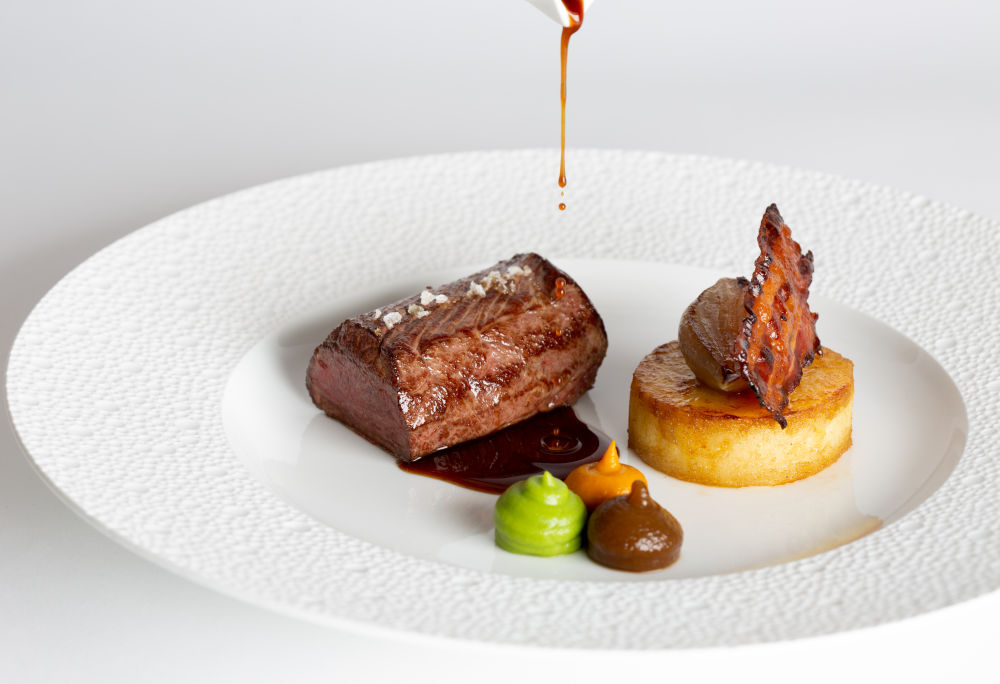
Amuse-bouches followed, including a whimsical take on Coronation Chicken. Next out was a first course of smoked salmon (from the Belhaven Smokehouse in Dunbar, south-east Scotland) served with beetroot, pickled fennel and wasabi.
Although a plant-based tasting menu is offered, I actually found that the regular one varied the courses interestingly between meat, fish and vegetarian. A favourite for me was the lobster and salmon pithivier I mentioned earlier, but the Cashel Blue cheese, Jerusalem artichoke and walnut tart was another standout dish on a highly impressive menu. Service was professional yet welcoming, presided over by Ade’s partner Alina.
Over 70% of produce, including potatoes, tomatoes and herbs, is grown in the Chubby’s own kitchen garden, adding to its sustainability credentials. Also behind the restaurant is an outside seating area – for when the warm weather returns – with its own kitchen and barbecue area.
Where to visit nearby
Nene Valley Railway

Top of my list, being a lifelong Thomas the Tank Engine fan, was Nene Valley Railway at Wansford Station, close to the Haycock Manor Hotel. As well as being home to the original Thomas, it’s billed as the UK’s premier international steam rail attraction. There’s an array of working steam, electric and diesel trains from around Europe and across the generations, plus an original waiting room from 1884 which was built for the royal family.
NVR also offer, on event days, the chance to drive some of their engines on the tracks around the picturesque Nene Valley (check website for advance booking).
Burghley House
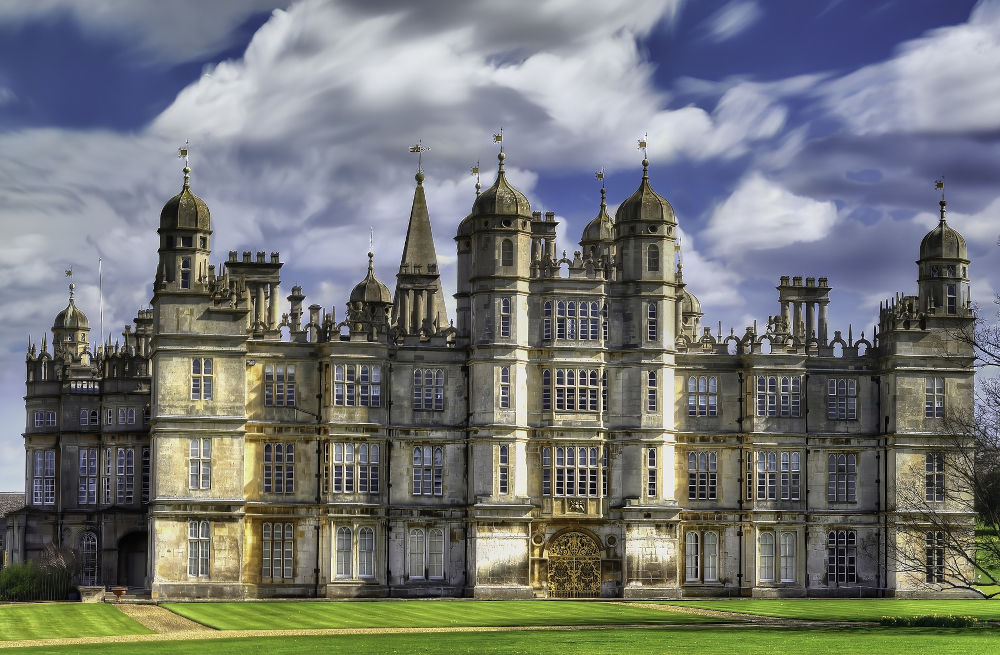
One of England’s grandest country houses, you’ll probably recognise 16th century Burghley House from The Crown where it stands in for Buckingham Palace. This fine example of a ‘prodigy’ house, built to honour Queen Elizabeth I, took over 30 years to build and was completed in 1587. It was conceived by one of her most powerful courtiers, Lord High Treasurer William Cecil, and its breath-taking architecture and interiors, with surrounding parkland designed by Capability Brown, are almost without equal in Britain.
Rockingham Castle
Continuously occupied for nearly 1,000 year – today by the Saunders-Watson family who’ve owned it for 450 of them – this royal castle and hunting lodge was built on the instruction of William the Conqueror. Richard the Lionheart, King John and Edward I were visitors, as was Charles Dickens who is believed to have based Chesney Wold, in his 1853 novel Bleak House, on it. The castle and gardens are open to the public and it is also available for weddings and private events.
Factbox
For more information on Rutland’s attractions visit discover-rutland.co.uk












